In my previous blog, I wrote about the system I developed for assembling chairs in the autumn of 2020. In February, I put these latest developments into practice and made a couple of chairs for my wife, Tamsin.

Changing the splay of the seat
In fact, I made the front of this chair 3cm narrower than my normal chairs, so that it would fit into the leg-room space in an office desk. This resulted in less splay, which changed the options for the weave of the cord seat. I used a pattern often referred to as herringbone but is technically a 2:2 twill (you might notice the influence of my earlier years of laying paving stones in a herringbone pattern). The new geometry meant that it worked well in blocks of four, with 2 binds at the back and 4 binds at the front – all even numbers, so I played about weaving with the cord doubled – an experiment worth repeating.
Using natural dyes
Back in 2014 we went through a phase of using natural dyes on the chair seating on courses, so that autumn Tamsin and I read Jenny Dean’s useful book Wild Color and coloured some cord using onion skins, walnut husks, buddleia seeds and berries (damson & elder).


We used some of it for 3 chairs but the remainder had been cluttering up my workshop for over 6 years, so I finally put some of it to use – onion skin for the warp and berries for the weft.

Due to the ongoing lock-down with covid, I had set my programme of courses to start in Mid June but when April arrived with a week of glorious sunshine, I felt I just had to get out running courses again. A batch of chance enquiries led to me planning ‘The Wych Elm Project’, felling a wych elm tree in a nearby woodland, stripping the bark, converting the stripped logs into a couple of chair frames, then using the bark to make the seating, the whole process to be professionally filmed by John D McHugh. We hope that the finished film will be available when it is all edited.

I still had a month before the first scheduled course, so I was able to slot in another one-off course for a couple, which had been originally booked before the whole pandemic arose. In the meantime, the couple had produced a baby, so it seemed obvious to make her a high chair and if time allowed, also a nursing chair. By now, we had saved up a jarful of onion skins with which to produce some coloured Danish cord.

It produced a glorious brown seat, which echoed the brown surface on the arms which were obtained from a perfectly curved hawthorn branch cut out of the hedge. The low nursing chair was assembled and seated with the same pattern. It will work well as it is but hopefully the proud father will add a pair of rockers when he finds some spare time.

So at last on 14th June, I got underway with the first of the scheduled summer courses and we spent the first two days as usual, making all the components out of ash logs felled earlier in the year. On day three, I had to remember the latest techniques for assembling the chairs and together with the group, see if we could make any improvements. One of my aims has been to enable all the drilling to be done vertically, as this is much more straightforward when it comes to sighting. If you return to the previous blog, you can see the process developing but we still hadn’t sussed the two different angles needed when drilling the back legs.
One of the beauties of running courses is that we work on several chairs in succession, so we can implement any good ideas that crop up, then while it is fresh in the mind we can adapt as necessary for the next one. For chairs 1 & 2 we played with some ideas which worked OK but by chair 3 we arrived with a method we really liked, if for no other reason it was elegantly simple. Having drilled the holes for the bottom rung and seat-rail, we simply inserted a 30mm block beneath the bottom of the legs to rotate them in the jig. The photos below show the two different setting for the two pairs of holes.


All this probably means nothing much to you readers but to me and maybe one or two others, this could herald a revolutionary breakthrough in the history of greenwood chair-making!
Here are the resulting assembled back panels at the end of day 3:

Day 4 could now be spent assembling the front panel and then drilling and squeezing the whole lot together:



When the frames were all assembled, they were oiled, ready for seating on day 5. Charlie had to leave in the early afternoon, so I was unable to picture the completed chairs together but here they are at 2.30pm:

The bark-seating on the left was still awaiting the corners filling. Red-beard’s chair is a wavy twill pattern with a warp dyed with leftover onion skins and a weft dyed with Van Dyke crystals, the simple weave and the more elaborate ‘Brookhouse weave’ are both dyed with leftover onion skins.
We have now used our supply of onion skins, so if you are ever coming on a course and you fancy a coloured seat, then save up all your onion skins – both red and white – just the dry crinkly ones!
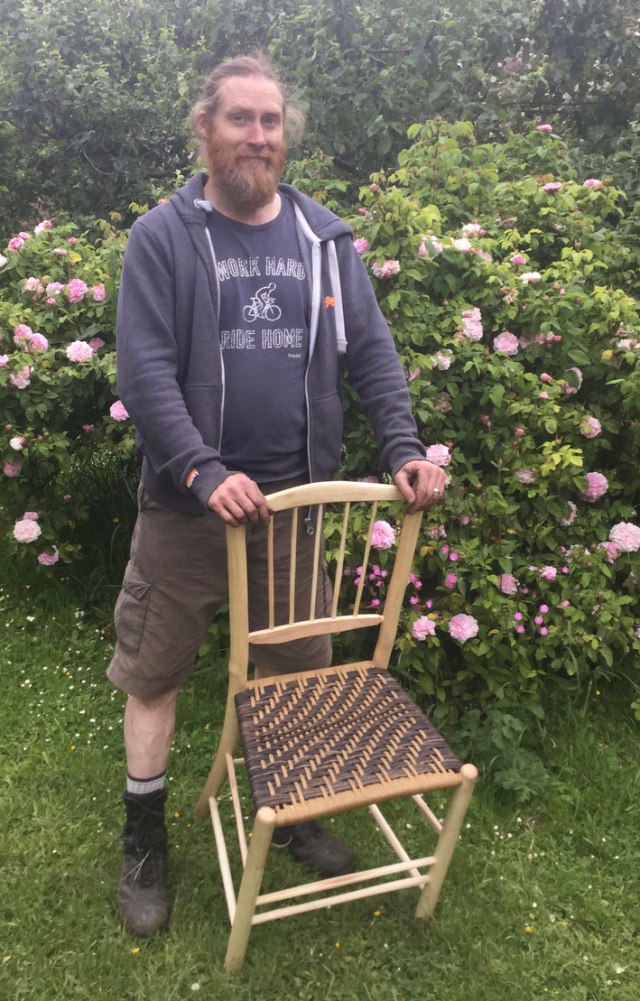
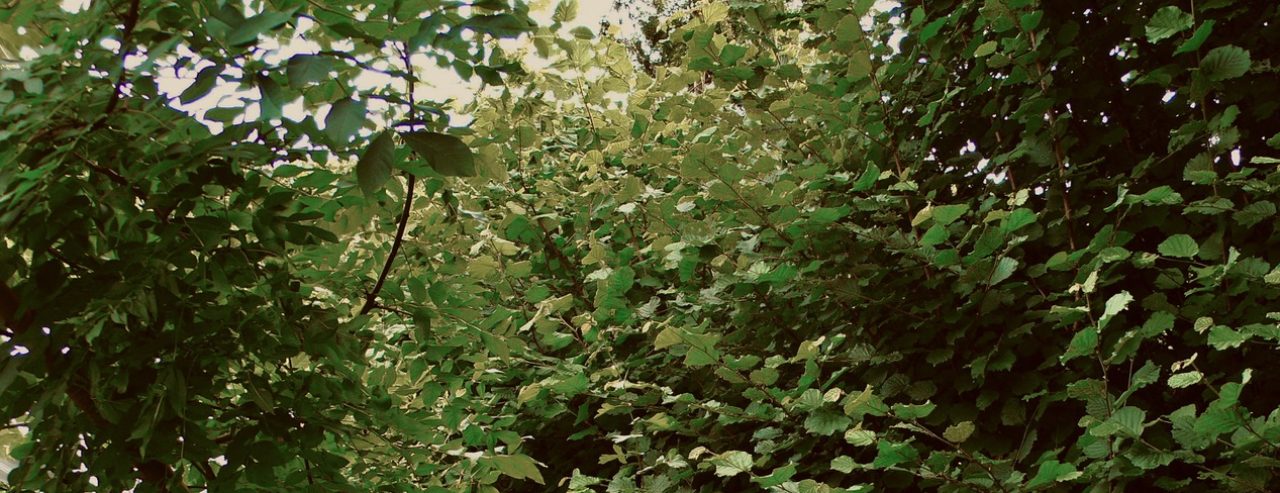









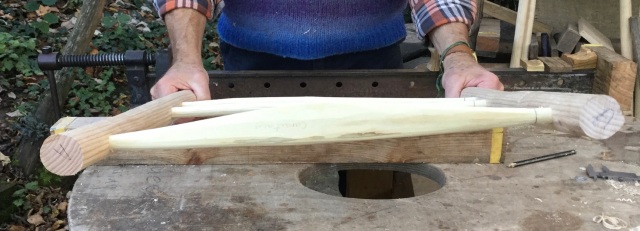



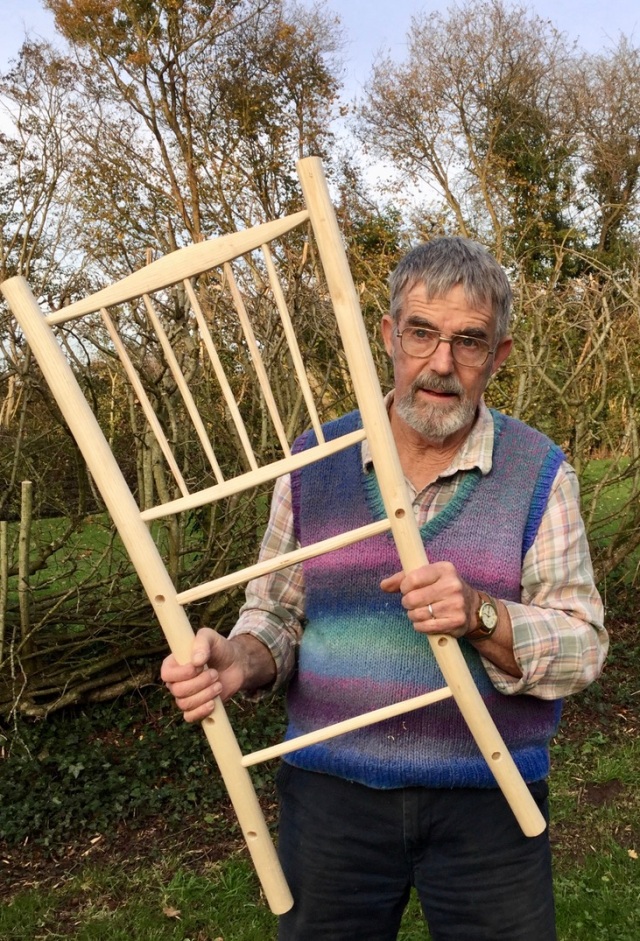
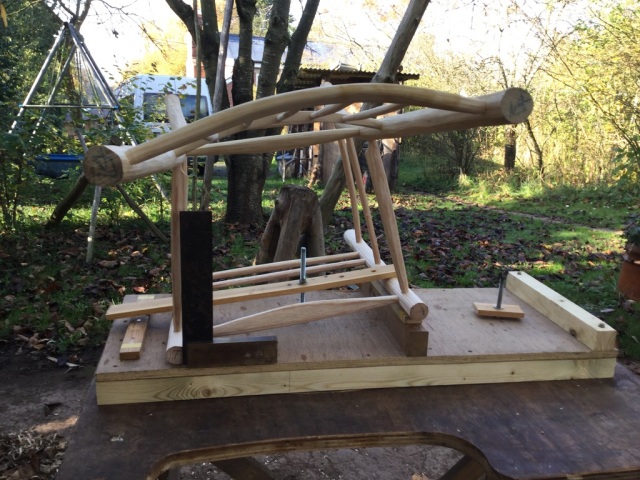
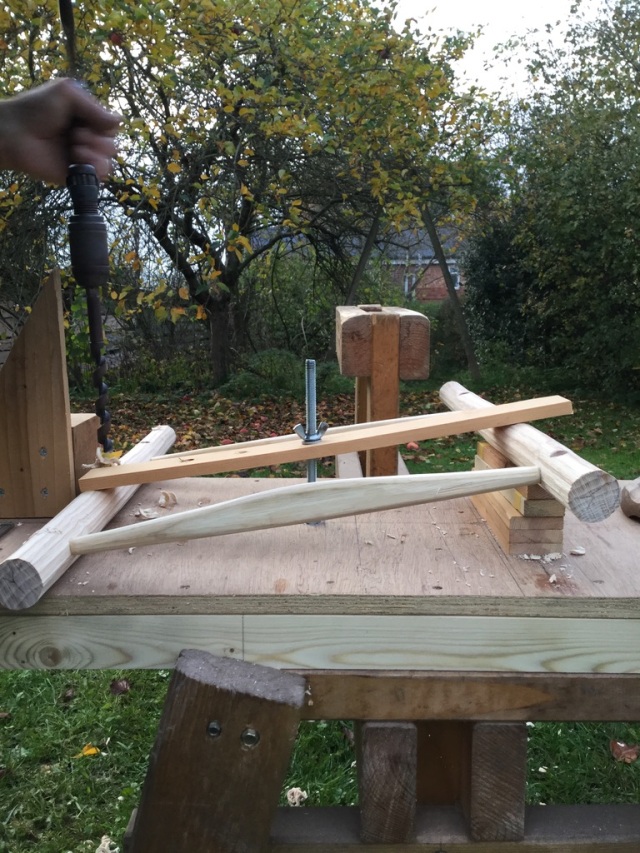

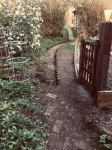

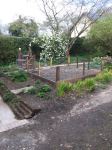

































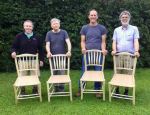

 Built in Baltimore. While many people associate Jennie Alexander’s chairs with country woodcraft, she lived in urban Baltimore, where she developed the design for her chair.
Built in Baltimore. While many people associate Jennie Alexander’s chairs with country woodcraft, she lived in urban Baltimore, where she developed the design for her chair.  With Jennie Alexander’s death this summer, we had to evaluate the future of the book. Could it be completed in a way that would make Jennie happy? Did we have the support of people who could help us finish the book? Did we have the support of the family and heirs?
With Jennie Alexander’s death this summer, we had to evaluate the future of the book. Could it be completed in a way that would make Jennie happy? Did we have the support of people who could help us finish the book? Did we have the support of the family and heirs?


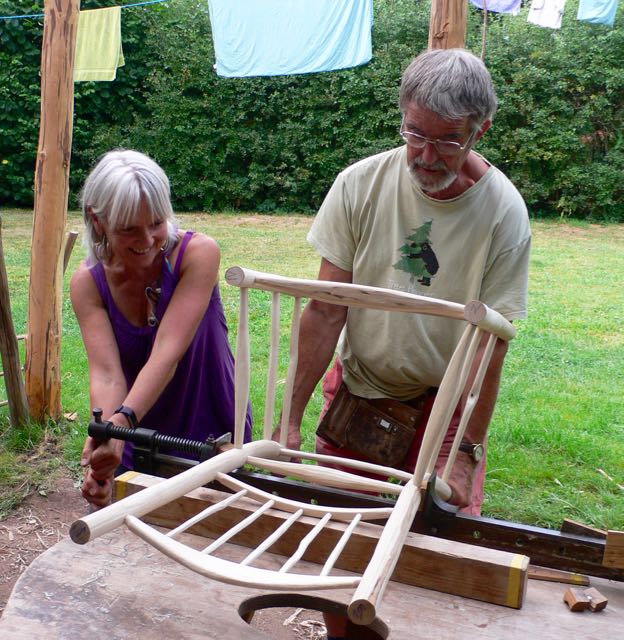





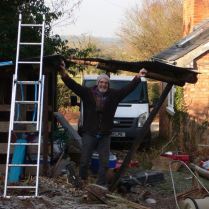








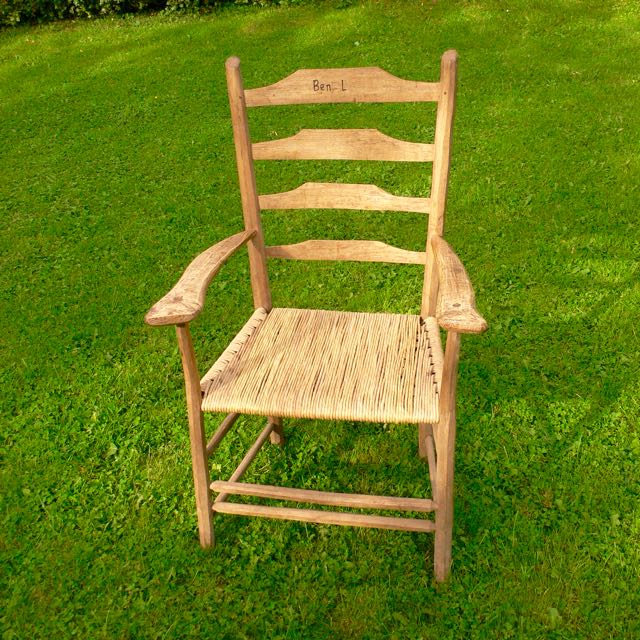







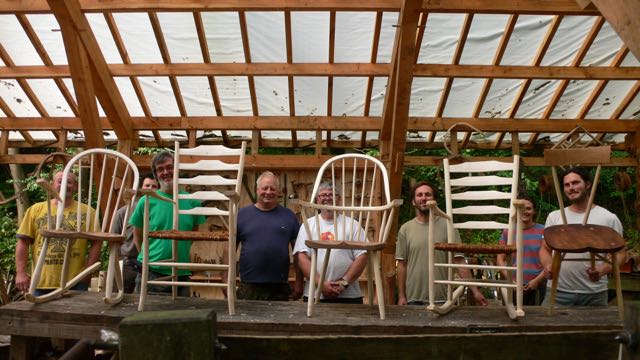





You must be logged in to post a comment.